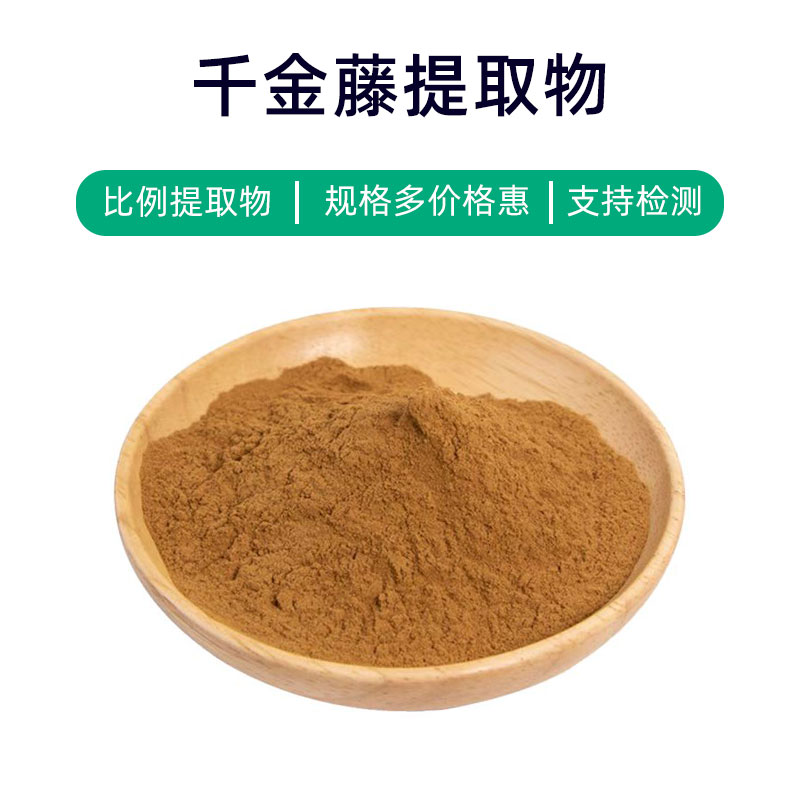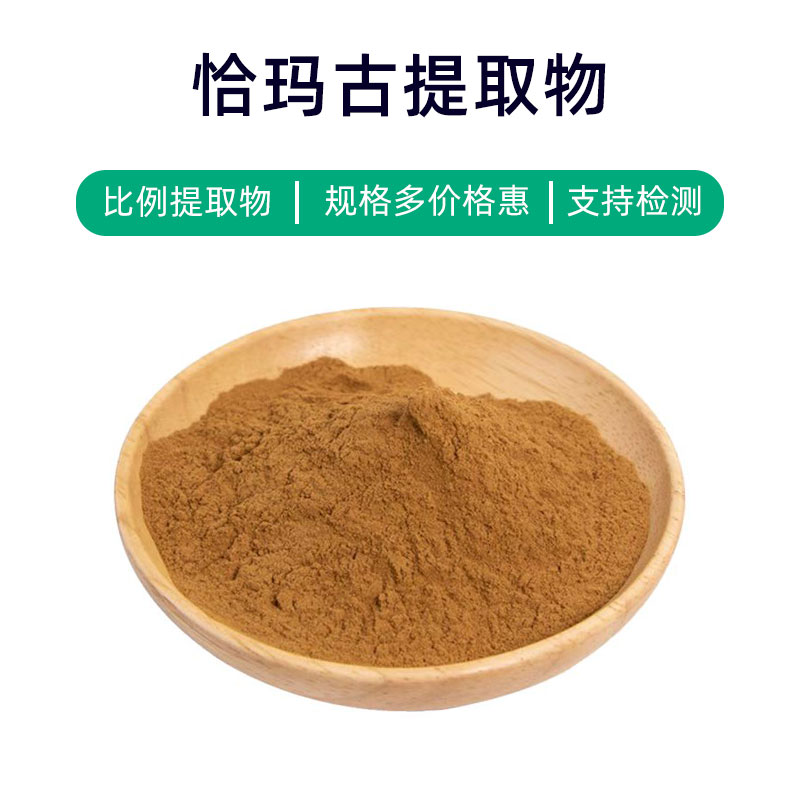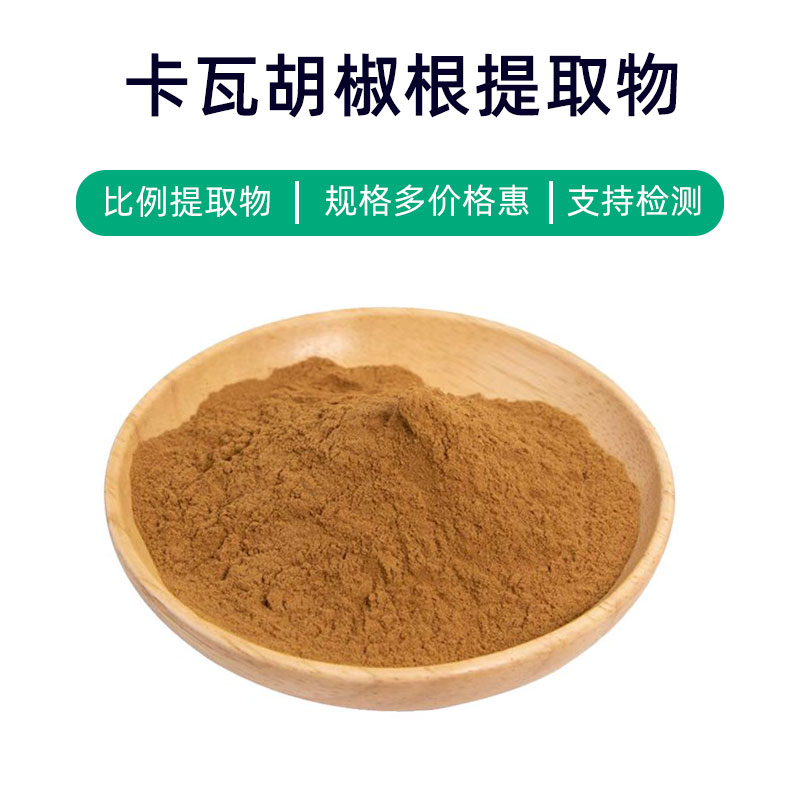Tea - Black Tea Extract Product Introduction
Black tea extract is a natural plant extract derived from the tender leaves of the tea tree. Its main ingredients include tea polyphenols, caffeine, amino acids, and vitamins, offering rich nutritional value and various benefits. Black tea extract is extensively used in food, health supplements, and cosmetic fields.
First, black tea extract is rich in tea polyphenols, which have strong antioxidant properties that help eliminate free radicals in the body, delay aging, and protect cell health.
Second, the caffeine in black tea extract can stimulate the central nervous system, enhance alertness and concentration, and improve mental clarity and work efficiency.
Additionally, black tea extract is rich in amino acids, which can regulate body metabolism, promote metabolic processes, and aid in weight loss and digestive health.
In the cosmetics industry, black tea extract is commonly used in skincare products for its soothing properties, anti-inflammatory and antibacterial effects, and skin brightening abilities. It can be found in facial masks, lotions, serums, and other products, helping to improve skin texture and restore radiance.
Overall, black tea extract, as a natural plant extract, contains a multitude of nutrients and benefits and is widely used in the food, health supplement, and cosmetic industries, providing effective support for health and beauty.
Tea - Black Tea Extract Production Process
The production process of black tea extract typically includes the following steps:
- Harvesting Fresh Leaves: Tender leaves from the tea tree are selected as raw materials, usually harvested in the morning to ensure the freshness and integrity of the tea's nutrients.
- Withering: The harvested tea leaves undergo withering, generally by natural or artificial methods, to promote changes in the internal chemical composition and the release of volatile substances.
- Rolling and Fermentation: Withered tea leaves are rolled to break down cell walls and promote internal chemical reactions for fermentation.
- Fermentation Process: The rolled tea leaves undergo fermentation, with temperature, humidity, and air circulation adjusted to enhance enzymatic activity, leading to the development of specific aromas and flavors.
- Firing: The fermented tea leaves are fired to halt the fermentation process, preserving the color, aroma, and taste of the tea.
- Crushing and Extraction: After firing, the tea leaves are crushed into a powder, increasing extraction efficiency.
- Solvent Extraction: An appropriate solvent (such as water or ethanol) is used to extract effective components from the tea powder.
- Concentration and Solvent Removal: The extract is concentrated to remove excess solvent, resulting in pure tea extract.
- Filtration and Purification: The concentrated tea extract undergoes filtration and purification to remove impurities and insoluble substances.
- Spray Drying: Finally, the purified tea extract is spray-dried into a powder, facilitating packaging and storage.
Through these processes, high-quality black tea extract is produced, retaining the nutritional components and natural flavors of the tea, suitable for applications in the food, health supplement, and cosmetics industries.
Tea - Black Tea Extract Effects and Side Effects
Black tea extract, as a natural product derived from tea leaves, offers numerous benefits and effects, primarily including the following:
- Antioxidant Properties: Black tea extract is rich in tea polyphenols and catechins, which help eliminate free radicals in the body, delay aging, and protect cells from oxidative damage.
- Cardiovascular Protection: Components like tea polyphenols and catechins in black tea extract may help lower blood lipids and cholesterol levels, improve blood circulation, and prevent cardiovascular diseases.
- Mental Stimulation: The caffeine and tea polyphenols in black tea extract can stimulate the nervous system, enhancing alertness and concentration, aiding in fatigue relief and improving cognitive function.
- Anti-Inflammatory and Antibacterial: Tea polyphenols in black tea extract possess certain antibacterial and anti-inflammatory properties, inhibiting the growth of bacteria and viruses, helping to prevent infections and inflammation.
- Digestive Support: Components like tea polyphenols and catechins in black tea extract can stimulate gastrointestinal motility and promote the secretion of digestive fluids, aiding digestion and alleviating digestive discomfort.
- Skin Health: Tea polyphenols in black tea extract have antioxidant and anti-inflammatory effects, protecting the skin from environmental damage, reducing wrinkles and dark spots, and helping maintain youthful skin.
- Weight Management: Caffeine and tea polyphenols in black tea extract can promote fat metabolism and accelerate fat burning, assisting in weight loss and body shaping.
- Anti-Cancer Effects: Tea polyphenols in black tea extract exhibit certain anti-tumor activity, inhibiting the growth and spread of cancer cells, which may contribute to cancer prevention.
Despite the numerous benefits, it’s important to use black tea extract in moderation to avoid adverse effects from excessive intake. Additionally, some individuals may have allergies or intolerances to caffeine; therefore, it’s advisable to consult a healthcare professional or nutritionist before use.
Tea - Black Tea Extract Application Scenarios and Dosage
As a natural extract, black tea extract has a wide range of applications and is important in the fields of medicine, food, and cosmetics.
- Pharmaceutical Applications: Black tea extract is widely used in the production of health supplements and medications. With rich content of tea polyphenols and catechins, it provides antioxidant, anti-inflammatory, and antibacterial benefits, which can be used in the production of antioxidants, anti-inflammatory drugs, and antibacterial medications. Dosage varies based on specific formulations and should follow the advice of healthcare professionals.
- Food Industry Applications: In the food industry, black tea extract is used as a food additive to enhance color, flavor, and nutritional value. It can be added to tea beverages, juices, cold drinks, pastries, chocolates, among others, serving functions such as flavor enhancement, preservation, and antioxidant protection. The common dosage does not exceed 5 grams per kilogram of food, specifics depend on the food type and formulation.
- Cosmetic Applications: Black tea extract is extensively incorporated into skincare and beauty products. Its antioxidant and anti-inflammatory properties help protect skin from environmental harm, delay aging, and reduce the occurrence of wrinkles and dark spots. It is often added to creams, masks, facial cleansers, and conditioners; dosages depend on product formulations and individual skin types, with a recommendation for sensitivity testing before use.
- Other Applications: Black tea extract can also be used for flavoring beverages and formulating health products. Its natural, safe, and effective characteristics have made it popular among consumers.
Overall, black tea extract has vast application prospects in medicine, food, and cosmetics, but it’s essential to pay attention to dosage and proper formulation to ensure product safety and effectiveness.
Tea - Black Tea Extract Source Plant Introduction, Distribution, and Growing Environment
Black tea extract is derived from the leaves of the tea tree, which is an evergreen plant scientifically known as Camellia sinensis. Below is an introduction to the source plant of black tea extract, its distribution, and growing environment.
- Source Plant: The tea tree (Camellia sinensis) is the source plant for black tea extract, belonging to the Theaceae family and the genus Camellia. The leaves of the tea tree are the raw material for tea production, and extracting effective components from the tea leaves yields black tea extract.
- Distribution: The tea tree is native to the southwestern region of China but has gradually spread worldwide. It is now widely cultivated across various regions globally, with significant distribution in countries such as China, India, Sri Lanka, Japan, Kenya, and Malaysia. China is one of the original habitats and major tea-producing countries, boasting abundant tea tree resources and a long cultivation history.
- Growing Environment: The tea tree adapts to various climatic and soil conditions and has different cultivation methods depending on the region. Generally, tea trees prefer a warm, humid climate, with the ideal growing environment found in mountainous areas between 800 to 2000 meters in elevation. They thrive in sunny, damp locations with loose, well-draining soil. Provinces in China such as Yunnan, Fujian, Anhui, Zhejiang, and Hubei are major tea cultivation areas where the climate and soil conditions are highly suitable for tea tree growth.
The growing environment of the tea tree significantly impacts the quality and yield of tea leaves, and thus it is important to choose appropriate geographic locations and cultivation methods to ensure high-quality tea leaves and bountiful harvests. As one of the world’s important economic crops, the tea tree not only provides beverages but also has extensive applications in medicine and beauty.
Tea - Black Tea Extract Processing and Storage
The processing of black tea extract mainly includes the steps of harvesting, withering, rolling, fermentation, and firing. First, fresh tea leaves are harvested, then subjected to withering and rolling to gradually soften the leaves, encouraging the internal cell juices to evaporate, accelerating the activity of oxidase to produce pigments, and creating the unique flavor of black tea. Fermentation is then controlled by monitoring temperature and humidity to facilitate oxidation reactions among the tea components, followed by firing to dry the tea leaves and prevent mold growth.
Regarding storage, black tea extract should be kept in a cool, dry, and well-ventilated place, away from direct sunlight and humid environments. It should also avoid contact with strongly scented materials to prevent altering its aroma. Proper sealing can effectively reduce oxidation reactions and extend the shelf life of black tea extract. Under suitable storage conditions, black tea extract can be preserved for an extended period while maintaining its original aroma and nutritional components.
Monica Sun is a seasoned expert in the plant extraction industry with over a decade of experience in research and production. She specializes in the extraction and purification of plant active ingredients, focusing on driving innovation in natural product applications. Monica has participated in the development of multiple functional plant extracts, delivering high-value natural raw material solutions for the health food, pharmaceutical, and dietary supplement sectors.


















